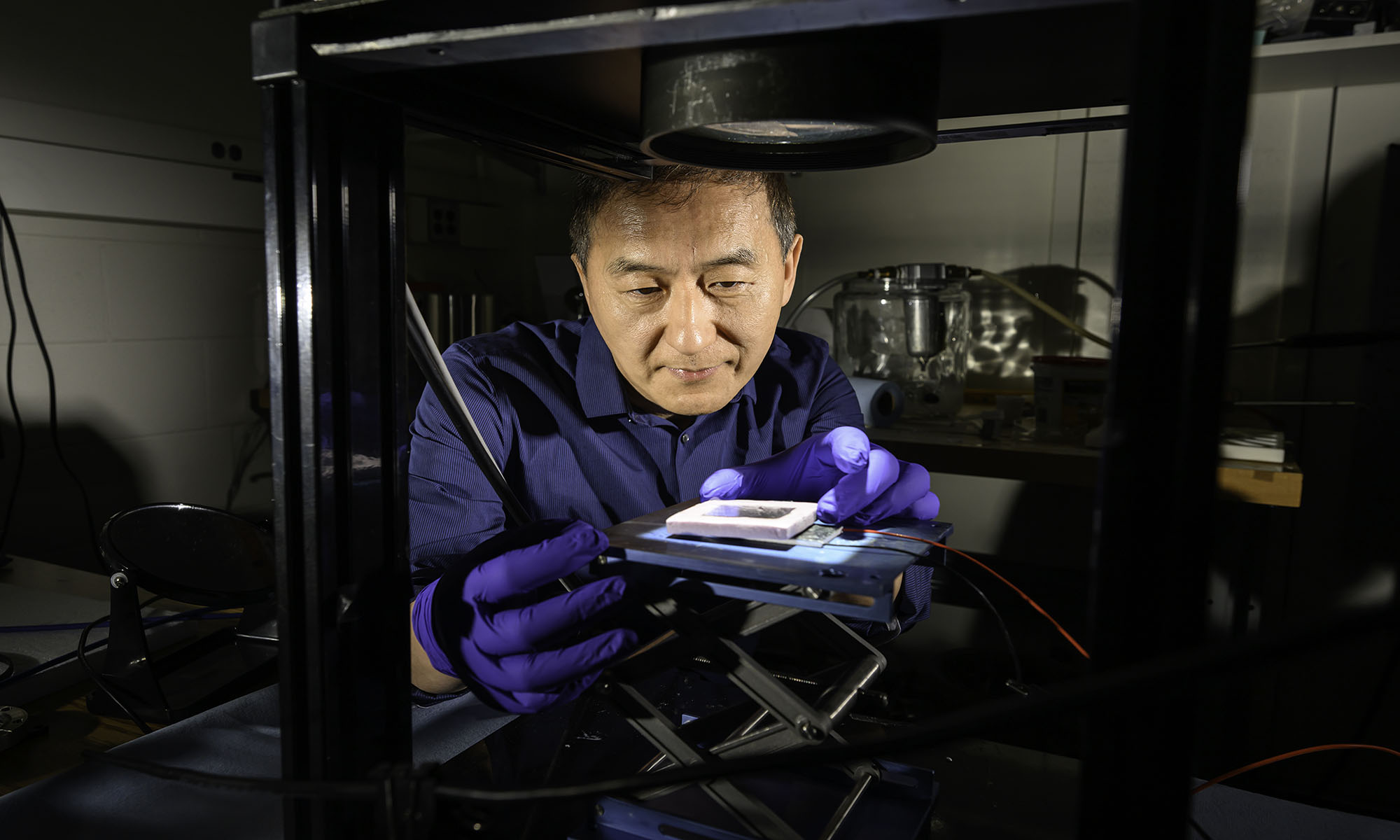
Campus Life
July and August 2025 in Photos
There are no lazy days of summer at the University of Rochester. Check out how we kept busy during July and August.

The programs—centered on AI, aerospace, Latinx studies, and more—enhance the University’s extensive degree offerings.











